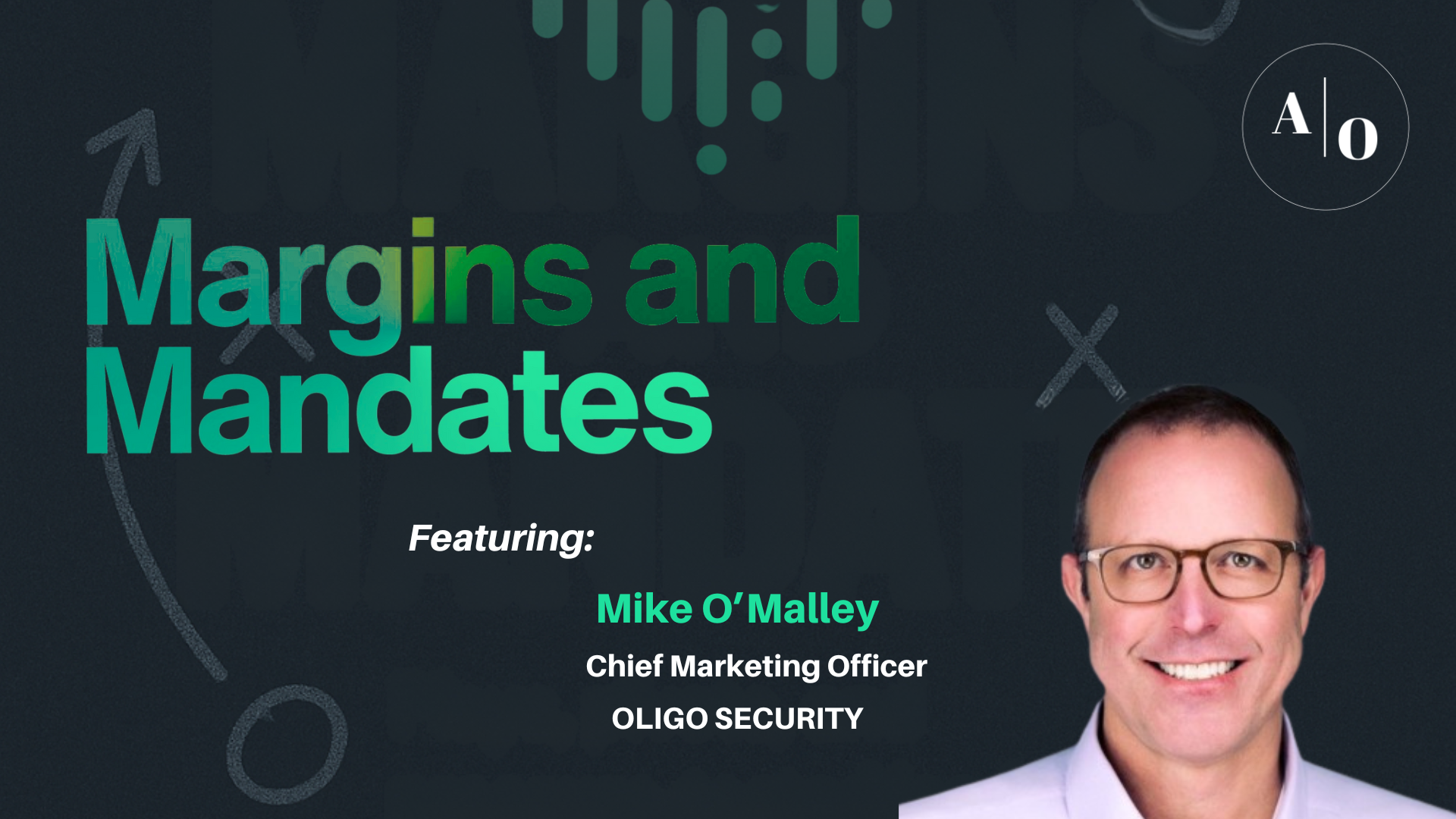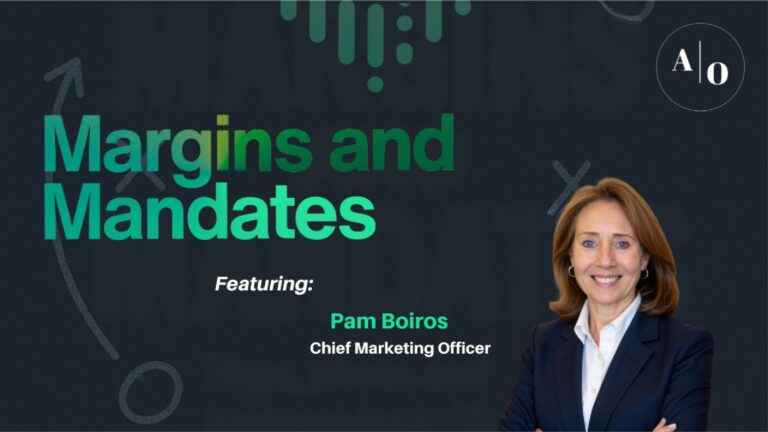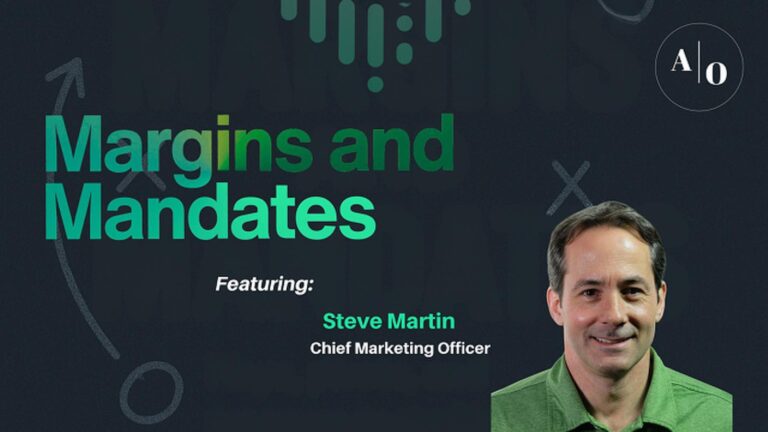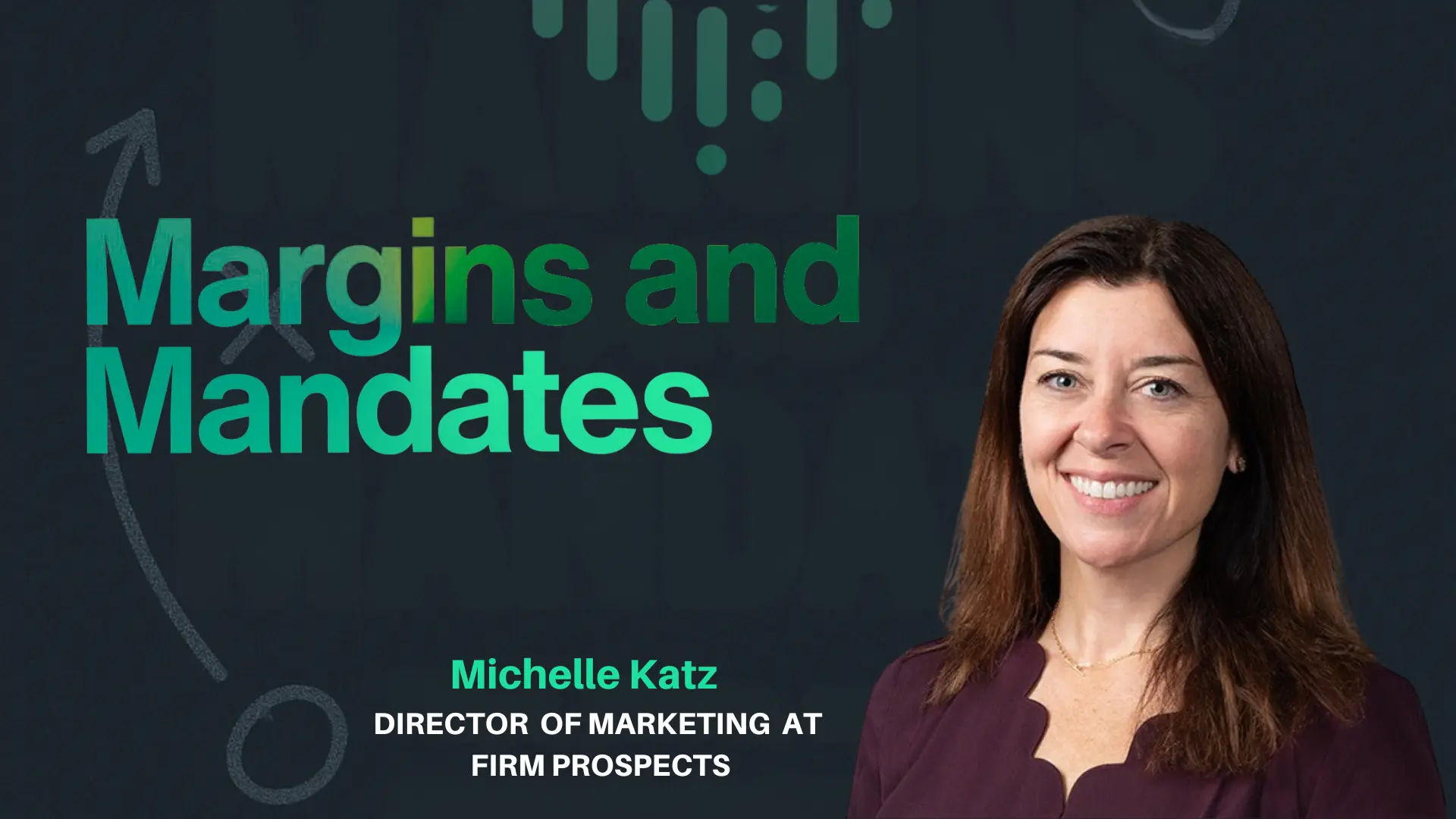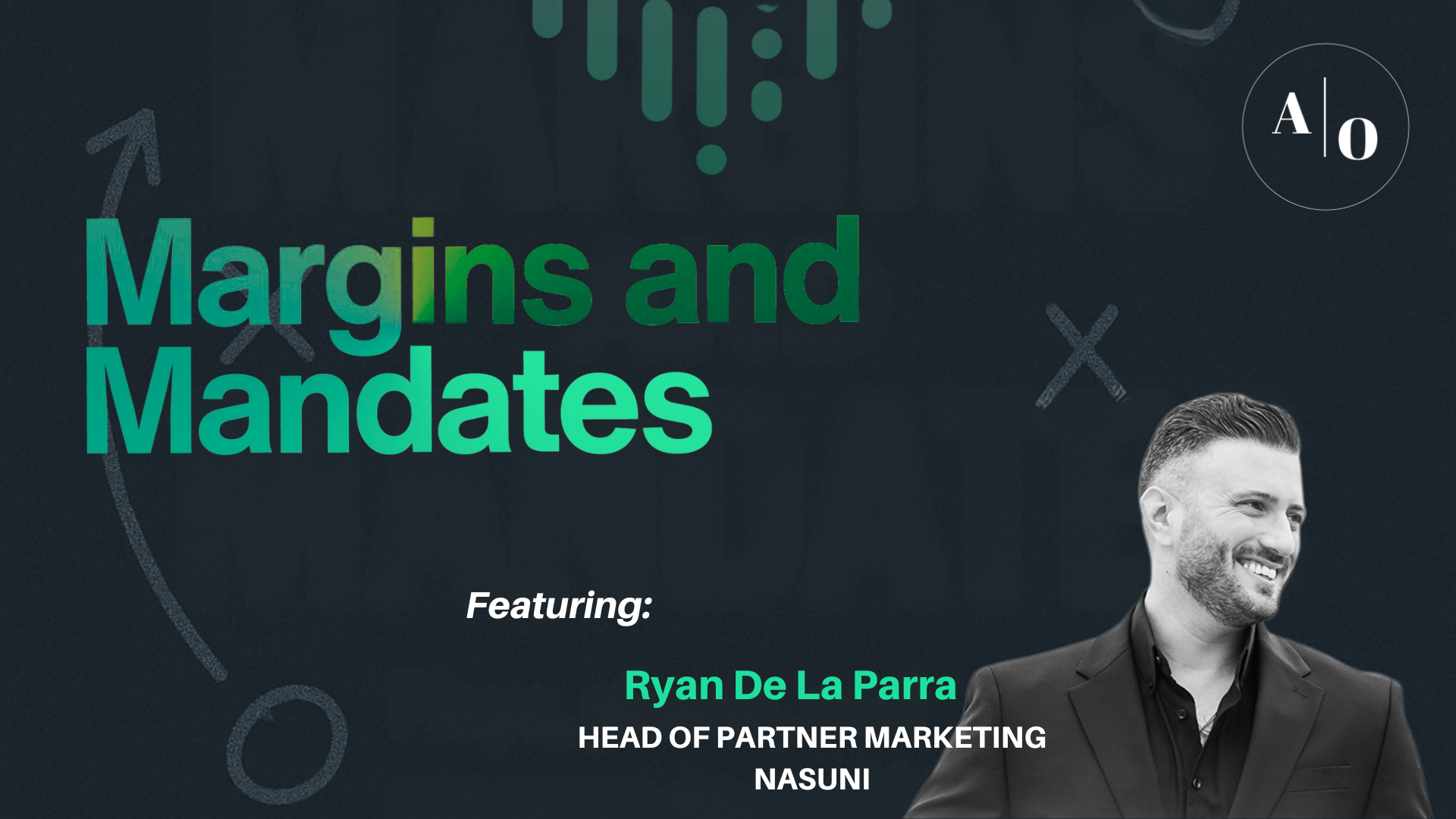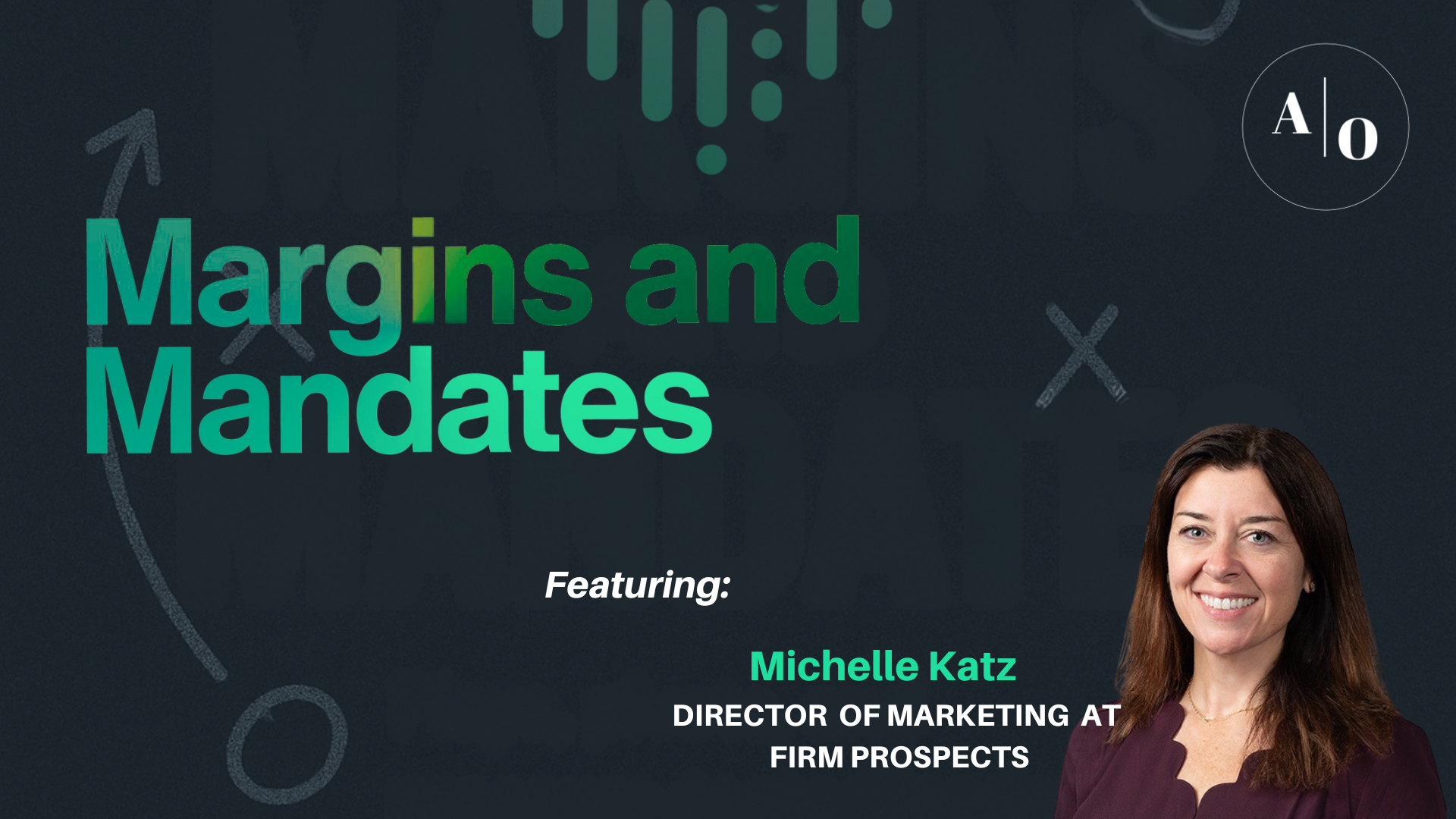The customer retention and growth game is rapidly changing. From tracking NPS scores and support ticket volume to leveraging NLP and LLMs to perform real-time sentiment analysis, the game is rapidly changing. In our recent post we looked at Data Driven Approaches to Improve Retention. In this article we deep dive in predictive churn analytics and look at how you can take your Customer Health Index (CHI) to the next level.
The Customer Health Scorecard
Over the years, Customer Success has evolved from good Customer Support as the key value proposition for maintenance contracts to a full-blown science. When perpetual software contracts became subscriptions, the justification for investing in a Customer Success function became obvious. Staffing teams of Customer Success Managers to interact with customers to ensure their renewal was just the start.
One of the first weapons deployed in the quest to leverage data to evaluate churn risk is the Customer Health Index (CHI). Implementing CHI requires tracking parameters that could possibly be associated with a subscription customer’s health or likelihood of renewal. A robust CHI might take NPS scores, product usage statistics, support ticket data, and value attainment assessments and then leverage some calculus to combine these elements into a scorecard or potentially a single numeric score.
A well-implemented CHI scoreboard can undoubtedly provide a helpful context for prioritizing and tracking CSM activities. The dashboard below, as an example, can be driven from a baseline CHI implementation of Gainsight. Still, even the best CHI systems often fail to predict and help prevent contract churn.

The advent of generative AI represents an opportunity to renew the focus on CHI-type analysis for churn reduction. In this post, we’ll review some of AI’s applications in predicting and preventing churn and provide practical advice on getting value from AI in customer retention today.
Challenges with Traditional CHI Approaches
Despite the potential benefits of traditional Customer Health Index approaches, several limitations hinder their effectiveness in accurately predicting customer churn. Specific challenges include:
- Reliance on static scoring models that may not adapt quickly to changes in customer behavior or market dynamics.
- Difficulty integrating to process real-time data, limiting the ability to provide up-to-the-minute insights that could more effectively signal churn risks.
- Inability to practically leverage unstructured data sources (text, documents, social media, etc) in predictive models
- The manual and labor-intensive process of analyzing CHI data can delay response times and lessen the impact of any actions taken.
A recent study published by the Customer Management Insights Journal found that only 22% of companies believe their current CHI initiatives effectively reduce churn, underscoring the pressing need for more dynamic and automated solutions in this area.
The Promise of AI in Reviving CHI Efforts
The promise of AI in reviving CHI efforts is significant, particularly through its capability for real-time and unstructured data analysis. AI has the potential to help enable the seamless integration of instantaneous customer interactions and behaviors into the health scoring models, making them more dynamic and responsive. These are the three key innovations enabled by AI:
- Predictive Churn Data Modeling with Natural Language Processing (NLP) – By combining structured data (product usage, billing, demographics) and unstructured data (social posts, support tickets, and search intent data) processed through NLP, companies can build predictive machine learning models to score customers on their likelihood to churn. Generative AI can be used to synthesize many data sources into coherent customer profiles for model training.
- Dynamic Customer Health Scoring – Generative AI models can continually monitor customer behavior signals like product usage patterns, in-app engagement, feature adoption, etc., and dynamically calculate customer health scores. By incorporating more real-time data, these scores can accurately flag customers needing intervention.
- Causal Churn Reasoning – In addition to predicting churn likelihood, generative AI can assist in inferring the most probable reasons behind potential churn for each customer through multi-modal reasoning over customer data. This causal analysis can drive more personalized and effective retention strategies.
However, as we examined the current state of deployment of such approaches, we struggled to find tangible cases that can claim a meaningful impact—especially in a B2B SaaS context. Vendor capability is still nascent and distributed, with no clear leader or comprehensive solution.
With this in mind, it is prudent to take an incremental approach to investing in AI to improve churn prevention. In the next section, we drill down on the most promising near-term capability, NLP, for unstructured data processing and suggest some vendors to consider.
Only 22% of companies believe their current CHI initiatives effectively reduce churn, underscoring the pressing need for more dynamic and automated solutions in this area.
Customer Management Insights Journal
Leveraging NLP to Improve Predictive Churn Analytics
As B2B SaaS companies look to revitalize customer health practices, mining unstructured data with natural language processing (NLP) offers a powerful avenue. A wealth of valuable insights lies hidden in sales emails, support tickets, product reviews, and other free-form customer communications.
By deploying advanced NLP techniques, companies can automatically surface common issues, detect negative sentiment, and identify early warning signs of potential churn from this unstructured data. Let’s explore some key NLP tools and methods:
Named Entity Recognition (NER)
NER algorithms identify and classify named entities like companies, products, people, and quantities within text data. This allows precisely pinpointing references to your products, features, competitors, etc.
Example: An AI assistant software provider uses NER to automatically extract mentions of specific capabilities like “meeting scheduling” or “transcription” from customer support tickets. This data highlights common pain points to address.
Sentiment Analysis
These models determine the underlying sentiment (positive, negative, or neutral) expressed in text through semantic analysis.
Example: A cloud data warehousing company runs sentiment analysis on sales emails and product reviews to identify language indicating frustration or dissatisfaction with aspects like performance, pricing, or onboarding.
Topic Modeling
Topic modeling algorithms discover abstract “topics” statistically present across documents. This uncovers common themes and categorizes issues automatically.
Example: A marketing automation suite uses topic modeling on support tickets and user feedback to reveal frequent topics like “email editor”, “landing pages”, and “lead scoring” that may require better documentation or training.
Intent Classification
Intent classification models predict the primary purpose or goal expressed in a given text input, such as requesting information, registering a complaint, or expressing churn intent.
Example: An ERP vendor classifies the intents behind customer emails as related to “renewals”, “add-ons”, “implementation”, etc. This prioritizes follow-up and flags potential churn risks.
To operationalize these NLP capabilities, B2B SaaS companies can leverage pre-trained models and APIs from leading cloud platforms:
- IBM Watson Natural Language Understanding
- Google Cloud Natural Language
- Amazon Comprehend
- Microsoft Azure Cognitive Services
These services provide out-of-the-box APIs for text extraction, sentiment analysis, topic modeling, intent classification, and more across multiple languages.
Additionally, companies can train custom NLP models on their specific domain data using open-source libraries like SpaCy, NLTK, or Hugging Face for even more tailored results.
NLP-powered insights derived from unstructured data can then integrate into broader customer health scoring models and churn prediction systems. Customer success platforms like Gainsight offer native capabilities for this.
By combining structured data like product usage with themes and signals automatically extracted from unstructured sources, B2B SaaS companies can build more comprehensive and dynamic models to identify churn risks and personalize renewal strategies proactively.
Actionable Next Steps
While the potential of applying NLP to uncover unstructured data insights is immense, B2B SaaS companies should take an incremental approach to attaining tangible value:
- Start with a Specific Use Case – Begin by identifying a high-impact use case where unstructured data analysis can drive improvements, such as reducing churn for your highest-value accounts or increasing adoption of a new product/feature.
- Prioritize Data Sources – Prioritize which unstructured data sources are most relevant for the use case – sales communications, support tickets, product reviews, etc. Ensure this data is accessible and can be efficiently processed.
- Try Pre-Trained Models First – Leverage pre-trained NLP models from cloud platforms to derive value without extensive training quickly:
- Use Amazon Comprehend or Google Cloud Natural Language for basic sentiment analysis on support tickets
- Employ Watson Natural Language Understanding to extract product/feature mentions from customer emails
- Classify intents in chat logs or feedback using Azure Text Analytics
- Integrate with Existing Systems – Integrate the NLP-derived insights into systems your customer success teams already use, like support platforms, CRMs, or customer health scoring applications.
- Measure & Optimize – Establish KPIs to measure the impact of these insights, such as improving ticket resolution times, increasing adoption, or reducing churn for the targeted accounts. Optimize processes based on results.
- Gradually Expand – As you demonstrate success, gradually expand use cases, like performing topic modeling on all support data to identify recurring issues. Invest in more advanced custom NLP models.
- Complement with Human Expertise – Use NLP-powered insights to augment and focus human efforts, not wholly replace them. Customer success managers can leverage surfaced themes to provide personalized guidance.
By taking this incremental approach, B2B SaaS companies can quickly start realizing value from AI/NLP while building capabilities. They gain powerful insights from unstructured data to improve customer intelligence, health scoring, and retention strategies.
Resources:
- Research Papers:
- “Churn Prediction in Subscription Services: Approaches and Lessons Learned” (Microsoft Research)
- “Predictive Churn Modeling for Subscription-Based Businesses Using Machine Learning” (Salesforce Research)
- Case Studies:
- Industry Reports/Surveys:


